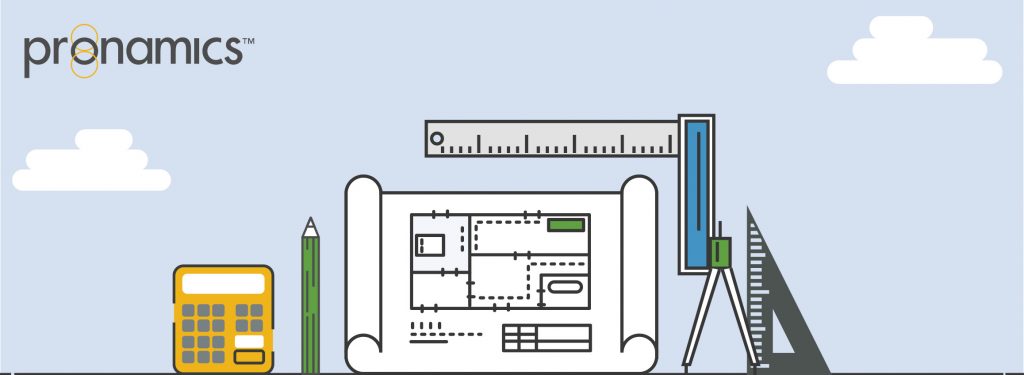WHAT DOES IT TAKE TO BE A GREAT ESTIMATOR
After 30 years of producing great estimating and project management software, Pronamics is well-positioned to know many experienced and successful estimators. This year, we are taking the opportunity to interview some of them, and get their thoughts and wisdom around this unique and challenging field.
Today’s featured estimator is Bruce Fletcher.
BRUCE FLETCHER – Estimator extraordinaire
Bruce Fletcher is different to some of the other estimators we’ve interviewed to date. A real hands-on person, Bruce was a plant operator before he became a foreman, then a project manager, then an estimator. His time in the field is something every estimator agrees is necessary, because—like so many of his contemporaries—Bruce’s experience brings so much value to his projects.
Here’s what he had to say about his time in the industry.
What got you into estimating?
Unlike a lot of estimators, I’m not a civil engineer. I started as a plant operator of large earthmoving machinery in W.A and after returning to Victoria going back to tertiary education and became a foreman-project manager, which involved working out prices for a lot of variations and additional works. To make that easier, I put together my own estimating system using Microsoft Excel. After working as a Project Manager for a while, I moved into full time estimating.
I was going to retire 16 years ago, but ended up working for Fulton Hogan instead for the next 13 years! The last few years I’ve been freelance—mostly for smaller contractors now—specialising in drainage works, earthworks and pavements.
One of the biggest estimating wins in your career?
While a lot of my work has been shopping centres, new Bunnings’s warehouse’s, housing estates and industrial works, which are pretty straightforward, some of the bigger projects have included pricing the replacement of tram tracks for Yarra Trams, as well as Taxiway Zulu – Fulton Hogan’s project for Tullamarine Airport,
I’ve been sent all over Australia to price works, from gold mines in Western Australia and the Northern Territory, to the Bruce Highway in northern Queensland after the last time it flooded badly.
Even back home in Melbourne I was part of Fulton Hogan’s project on widening the E.J. Whitten Bridge—a 54-metre-high twin bridge that is the second longest in the state. As the work needed to be conducted between the two bridges at considerable height it was a great challenge!
Is estimating a good job/career?
It certainly has been good to me, as I mentioned just before—it’ll be 26 years this year and while I’ve dabbled in other businesses, estimating is something I very much enjoy. As I mentioned, the opportunity to travel, to work on a variety of projects, and decent remuneration have all been positives.
Estimating is an in-demand job—it used to be that project managers and owners would do a lot of the pricing, now companies have whole teams of this specific role. You can have a very successful career in this field.
Do you have any advice for younger estimators?
Don’t just look at the pay of an estimating role. Particularly if you have an engineering background. Try to get experience by hanging around older estimators and spend time out in the field. Take your time to work in roles that will give you the depth and breadth of knowledge that will make your tenders accurate.
A lot of money can be lost in indirect pricing—you need to have an understanding of the whole project, not just the direct costs. Consider risk and how it can affect your tenders.
What are the qualities of a good estimator?
The real trick when you build your cost schedule is to be precise. Define all the different areas and density of material and lengths and widths, calculate variables, add in time, add in production rates, cost out the materials, add in plant and labour and remember the program for escalation costs.
Don’t cut corners – give a full breakdown because clients will often want to look at the rates you are using, and cross-check it against what they know their rates to be.
Bruce Fletcher continues to work as a Senior Civil Estimator in a part-time freelance capacity.
WHY PRONAMICS?
At Pronamics, we say what we mean, and we mean what we say. We value honesty and encourage all stakeholders to present their case in a friendly, professional manner.
We agree to work cooperatively to find the best possible solutions. We always remain open to dialogue and change.

